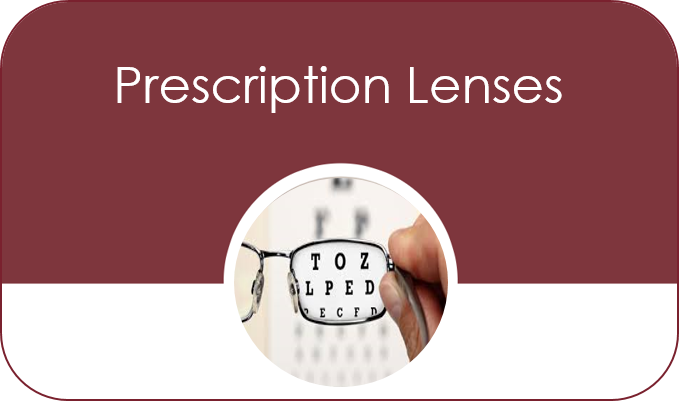Understanding Children's Eyesight
The Importance of Good Vision in Learning
The ability to see properly plays a major role in learning. Children multitask in school and the use of their eyes is fundamental in learning. In order for children to perform to their best it is crucial that their vision is optimum. If children can't see clearly, then they are at a disadvantage when it comes to learning. The earlier vision issues are detected the better the vision prognosis. This will directly impact on academic performance as well as future career options.
Children Eye Examination
If your child is very young, below 4 years of age, he or she will undergo a thorough ophthalmic examination by the ophthalmologist or the optometrist. There are special specific test that can be carried out even if the child is not of a reading age.
Squint
Some children may have a ‘lazy’ or amblyopic eye. This means that one eye has reduced vision which could lead to poor binocular function and depth perception. A sign of this may be a 'turn' or squint in the eye. If you notice a squint or ‘turn’ in one of your children’s eyes then it is important to get a full examination. Do not wait for your child to ‘grow out’ of a squint. It must be diagnosed and treated properly by the ophthalmologist or optometrist as soon as possible.
Refractive Amblyopia
‘Lazy eye’ (amblyopia) may also be present without any sign of a 'turn' or squint. This form of amblyopia is very easy to miss as there is no indication that the vision is at risk. It is important to be aware of the child’s family history. If there is a history of ‘lazy’ eye in any of the parents, aunts, uncles or grand-parents, then all young relatives in that family must be examined by a professional. In this case children should be checked by the age of 2 years at the latest, even if the eyes look normal.
Management
Sometimes it may be necessary for your child to wear glasses to correct their vision and/or lazy eye. Patching the ‘good’ eye may also be required for a period of time, to help encourage the weaker eye improve. The earlier your child is diagnosed and treated, the better the visual outcome will be. Don’t wait until the school screening examination; if there is a family history of vision issues or if you suspect there is something not right with respect to your child’s eyes, bring your child for an eye examination.




